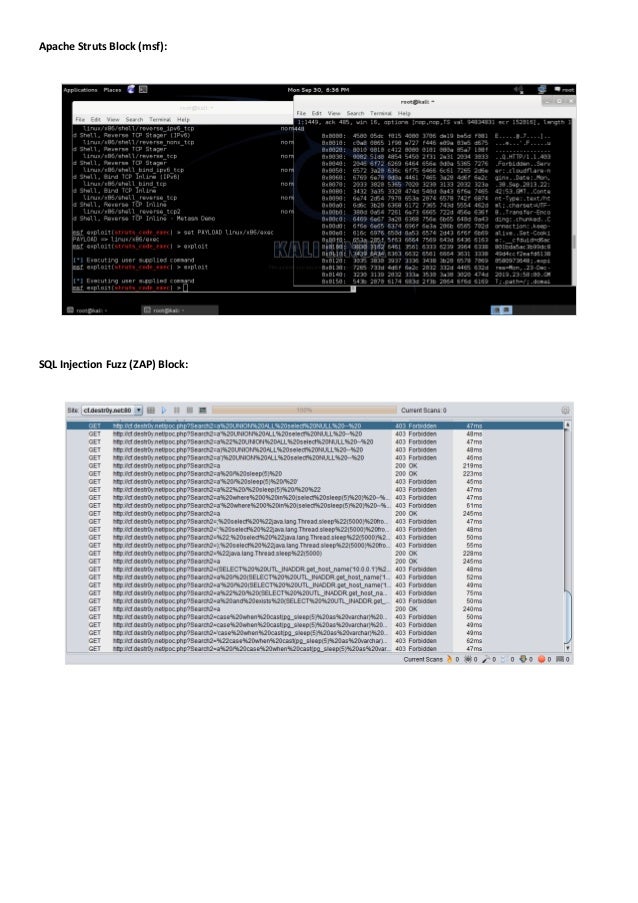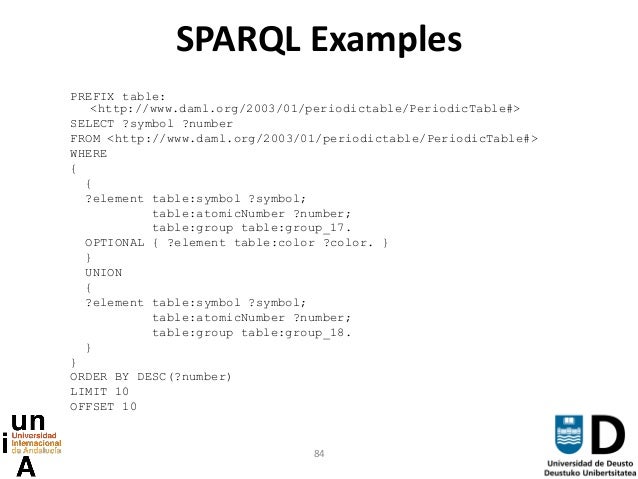The UNION operator is used to combine the result-set of two or more SELECT statements. The UNION ALL command combines the result set of two or more SELECT statements (allows duplicate values). In the following example, the union made by two queries.

SQL UNION with Inner Join. The queries are two inner join statement. In the first query, the join takes place between two tables where the prod_code of both tables are same and in the 2nd query the join take place between two tables where the prod_name of both tables are same. Notice that each SELECT statement within the UNION must have the same number of columns. The columns must also have similar data types.
Also, the columns in each SELECT statement must be in the same order. Learn to use Union , Intersect, and Except Clauses. The UNION , INTERSECT, and EXCEPT clauses are used to combine or exclude like rows from two or more tables. They are useful when you need to combine the from separate queries into one single result.
UNION merges the contents of two structurally-compatible tables into a single combined table. A union of two 1-row tables (two multiset relations each with one tuple) would have two rows (tuples) in the resulting relation. HTML Examples CSS Examples W3. CSS Templates Bootstrap Examples.
However, it only returns the rows selected by all queries. The basic syntax of a UNION clause is as follows. There are two other clauses (i.e., operators), which are like the UNION clause. Union All – Which is better for performance? I have got many request to update this article.

The INTERSECT operator returns all rows that are in both result sets. The EXCEPT operator returns the rows that are only in the first result set but not in the second. You should also be aware of EXCEPT and INTERSECT which are two further horizontal concatenation operators. In terms of the difference between JOIN and UNION - think of one in terms of vertical concatenation, and think of the other in terms of horizontal concatenation.
This means INTERSECT returns only common rows returned by the two SELECT statements. Just as with the UNION operator, the same rules apply when using the INTERSECT operator. DECODE is a function in Oracle and is used to provide if-then-else type of logic to SQL. Tym razem dostaniemy info o różnej liczbie kolumn w zbiorach, które mają być łączone : Msg 20 Level 1 State Line All queries combined using a UNION, INTERSECT or EXCEPT operator must have an equal number of expressions in their target lists. It is important to note that the performance of UNION ALL will typically be better than UNION , since UNION requires the server to do the additional work of removing.
The difference between UNION and UNION ALL is that UNION will omit duplicate records whereas UNION ALL will include duplicate records. INNER JOIN 关键字返回行。 INNER JOIN 关键字语法 SELECT column_name(s) FROM table_nameINNER JOIN table_nameON table_name1. Hi, I was wondering if I can use group by on two set of data which I merged together by using UNION ALL. SELECT SUM(A), SUM(B) FROM TableA Group By A UNION ALL SELECT SUM(A), SUM(B) FROM TableB Group By A. How would I group field A again after they have been unioned together?
Often the data you need will be stored in multiple tables. Which also mean CROSS JOIN returns the Cartesian product of the sets of rows from the joined tables. A CROSS JOIN can be specified in two ways: using the JOIN syntax or by listing the tables in the FROM clause separated by commas without using a WHERE.
Similar to the ROLLUP, CUBE is an extension of the GROUP BY clause. CUBE allows you to generate subtotals like the ROLLUP extension. In addition, the CUBE extension will generate subtotals for all combinations of grouping columns specified in the GROUP. With SELECT and UNION, some databases may have a limit on the number of tables that can be handled. In case the SELECT statement refers to no table, the MERGE algorithm is also not allowed.
MINUS compares of two queries and returns distinct rows from the first query that aren’t output by the second query. To retrieve a portion of rows returned by a query, you use the LIMIT and OFFSET clauses. It is particularly used to work with structured data where there is relations associated within the data itself.
Hiç yorum yok:
Yorum Gönder
Not: Yalnızca bu blogun üyesi yorum gönderebilir.